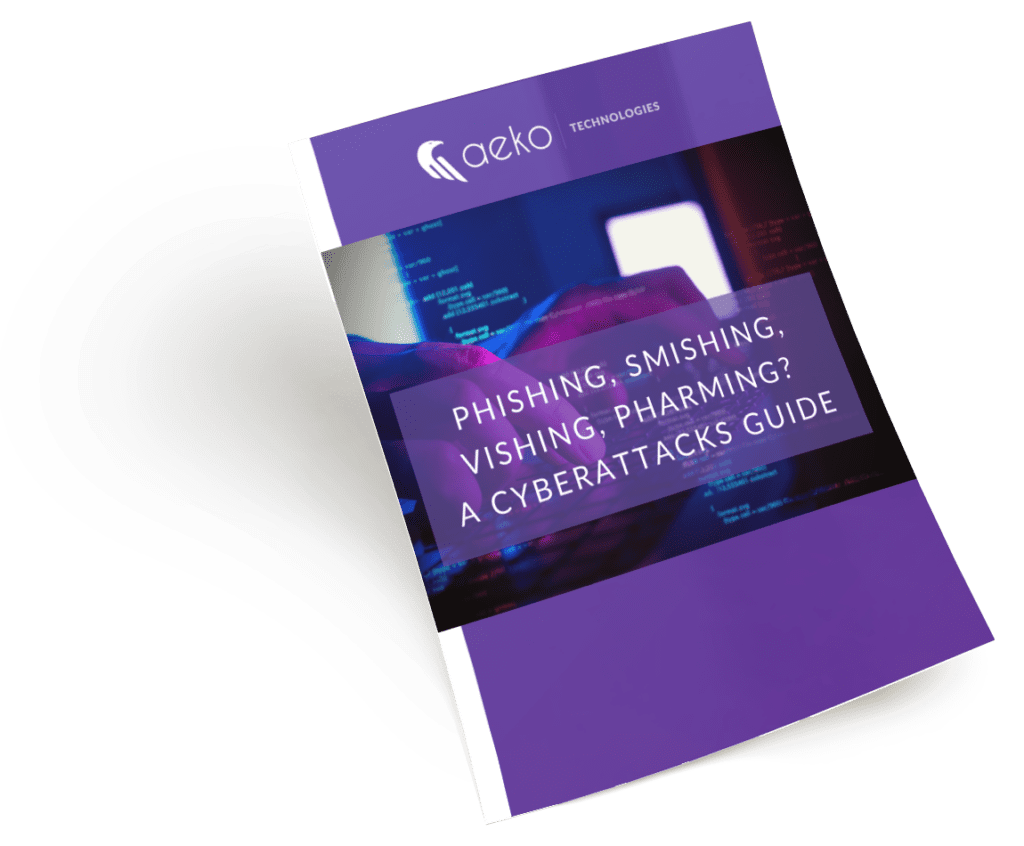
Follow These 5 Steps to Create a Business Continuity Plan (BCP)
A business continuity plan (BCP) is the key factor that will determine how well your business responds in the event of a disaster or an emergency. Having a BCP can ensure that you’re prepared for the unexpected. According to a January 2021 article published by Entrepreneur, 20 percent of small businesses fail within their first year of operation. And a staggering 50 percent fail within five years.
There are many potential issues for these failures, ranging from budgetary challenges to leadership challenges. But one of the key issues revolves around a company’s ability to deal with the unexpected.
When a situation doesn’t play out in your favor, how does your business respond? Your managed service provider can help you gain an understanding of how best to prepare for the unexpected. Follow the five steps listed below when creating a business continuity plan.
WHAT IS INVOLVED IN A BUSINESS CONTINUITY PLAN?
Business continuity plans are a set of predetermined protocols and strategies that define how your business will respond in the case of a disaster or emergency. Think of it as an assemblage of backup plans that tell you exactly what you need to do when the unexpected happens.
A BCP should encompass every aspect of your organization, from your tech departments to what happens with human resources and your critical assets. It should also contain a list of protocols that define how you respond in the event of any of the following situations:
- Natural disasters
- Equipment failures
- Financial or cash flow issues
- Manmade disasters
The goal of any BCP is to ensure the high availability of necessary resources, resulting in continuous operation and disaster recovery in the event of an emergency. Failure to plan can prove extremely costly. A good BCP mitigates these costs by minimizing the effects of these failures on the business.
THE FIVE STEPS FOR BUILDING A BUSINESS CONTINUITY PLAN
Now that you understand the importance of having a business continuity plan, it’s time to create one for your business. Follow these steps to ensure your BCP is as comprehensive as possible.
STEP 1: PERFORM MISSION-CRITICAL RISK ASSESSMENTS
Start by creating a list of every possible risk that your business may encounter. This list should include risks related to all of the following areas:
- Industry
- Geographical
- Trends and market movements
- Employees
- Stakeholders
- Company infrastructure
Once complete, work through your list to prioritize the risks based on the level of severity each risk brings to your business. For example, a company based in an area that’s prone to natural disasters, such as mud slides or hurricanes, may place a higher level of severity on this type of risk (geographical) than they would issues related to stakeholders.
Your prioritized list tells you which issues to focus on first when creating your BCP.
STEP 2: IDENTIFY KEY BUSINESS FUNCTIONS AND CREATE RECOVERY PLANS
Once you understand the risks, it’s time to focus on the potential impact those risks might have on your business. Create a list of the key functions your business needs to succesfully deliver its products or services. Examine how each potential risk could impact each of these functions.
When you find a function that would be impacted by one of the risks, build a disaster recovery plan for that function. This plan may involve creating backups of crucial data, enabling employees to work from home or maintaining a secondary location backup hardware.
Repeat this process for each critical function, identifying the level of risk it faces and what you need to have in place to ensure swift recovery of the function in the event of an incident.
STEP 3: DEFINE EMERGENCY ROLES
Your employees are just as important in your response to an emergency as your recovery plans. Oftentimes, it’s the rapid action of your people that enables you to put your plans in place. With this in mind, you may consider assigning roles to key staff members for each potential emergency situation you’ve identified. Define who will act as an emergency coordinator and what they will need to do in this position.
Preparing for emergencies may require you to train staff members or obtain specific licenses. Your plan may also include protocols for staff reallocation, especially if your business has several locations.
It’s extremely important that your people need to know what must be done in an emergency event.
STEP 4: DOCUMENT YOUR PLAN
No business continuity plan can be impactful if it resides solely in the leader’s head. If something unfortunate should happen to the leader of a business, it is important to have the BCP documented so that others can access and follow it when needed.
Make sure to store the BCP in a secure off-site location, as this reduces the risk of the plan being lost or damaged in the event of a disaster.
STEP 5: TEST THE BCP REGULARLY
Since you can only control the controllables, new issues will appear that cause you to revisit your business continuity plan. That’s why it’s important to ensure that the BCP remains consistent with the current risks and capacity of the business at all times.
It’s worth creating an emergency preparedness team that revisits the BCP regularly.
You should also test the BCP for its consistency whenever a significant change occurs in your industry, such as the introduction of new regulations. Perform regular tests to identify gaps in the plan.
PROTECT YOURSELF (AND YOUR BUSINESS)
Business leadership involves more than the ability to guide and motivate employees. You also need to focus on protecting your business so that your employees are capable of doing what you need them to do in any given situation.
That’s what a business continuity plan allows you to do. A solid BCP defines every protocol to follow in the event of an emergency. By building one, you put yourself in a better position to lead your business through any crisis.
AEKO SETS YOU UP FOR SUCCESS
Building a BCP is not simple, especially for smaller businesses that have limited resources. If you’d like help with building yours or wish to discuss any other aspect of business leadership, please book a quick consultation with our seasoned team of IT pros today.
Are you aware of the most common cyberattack methods?
Did you know there are over 3.4 billion phishing emails sent every day? Phishing and other cybercriminal behavior are a lot more common than you’d think.
Our free “Phishing, Smishing, Vishing, Pharming? A Cyberattacks Guide” will inform you about cyberattack methods and give you the latest in data security tips.

